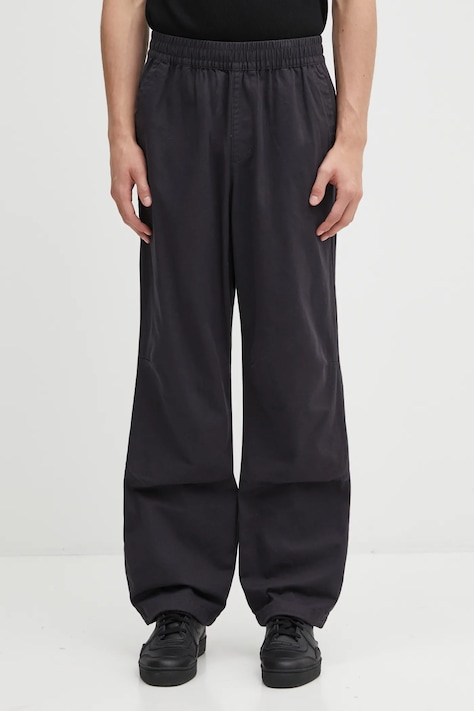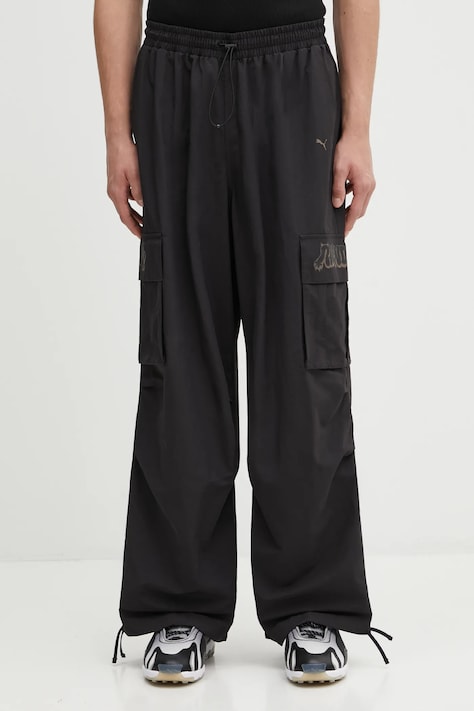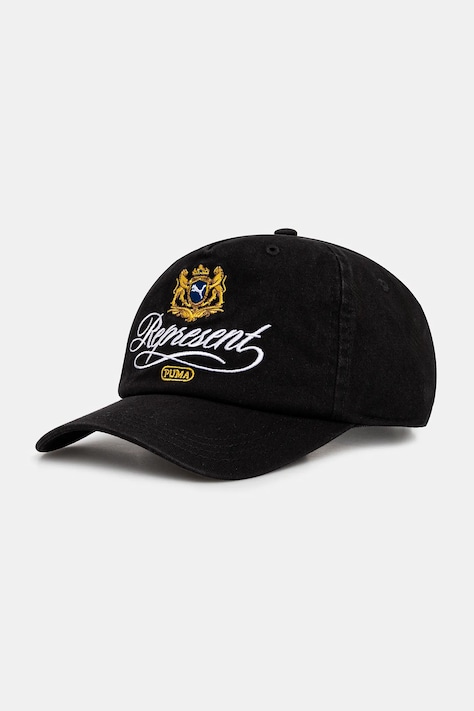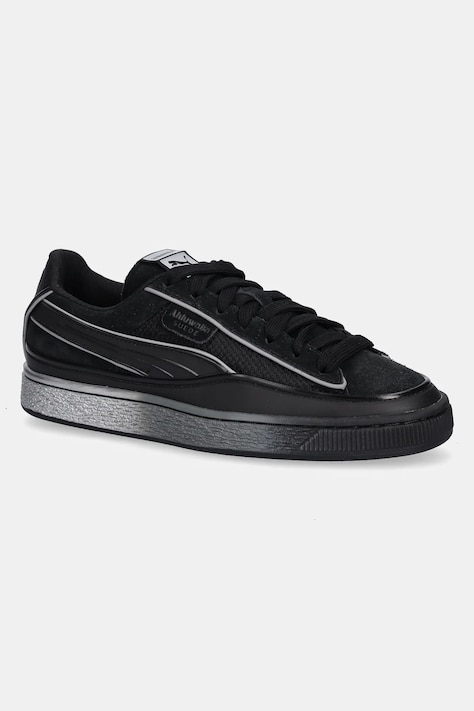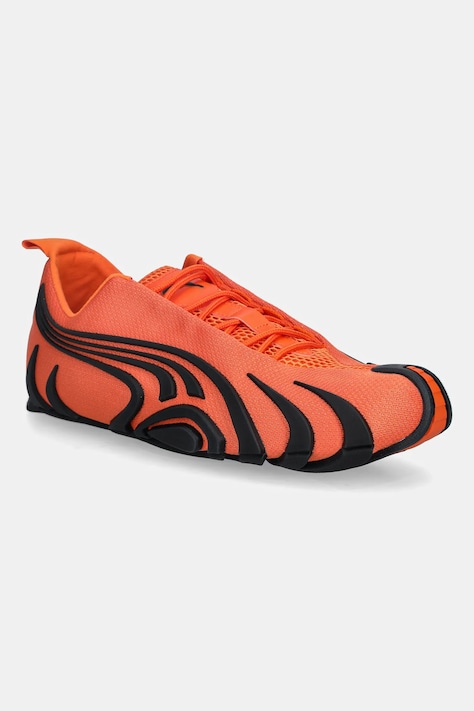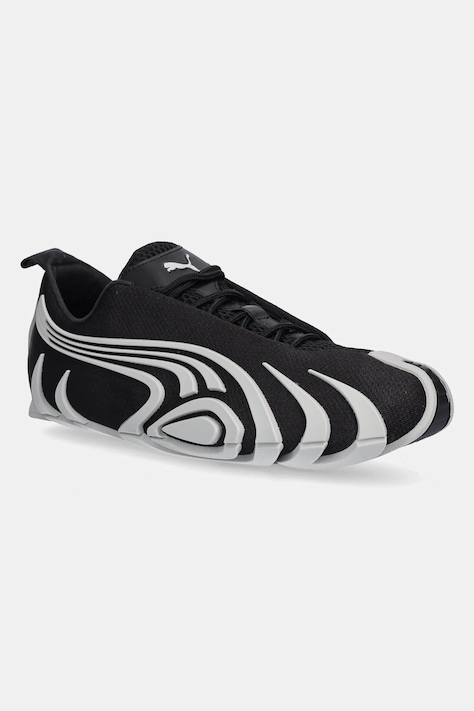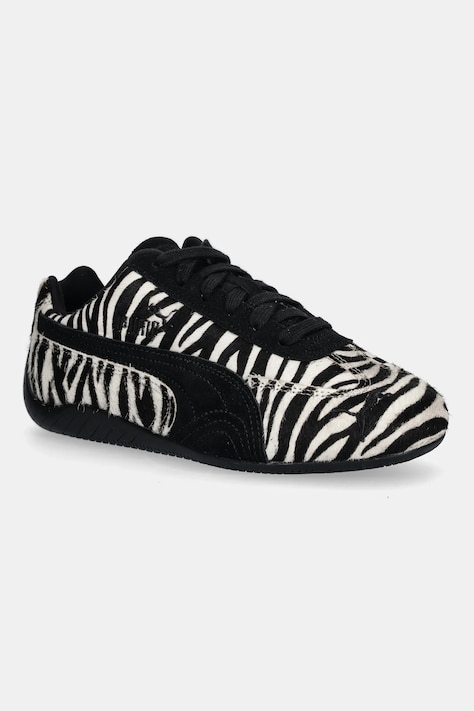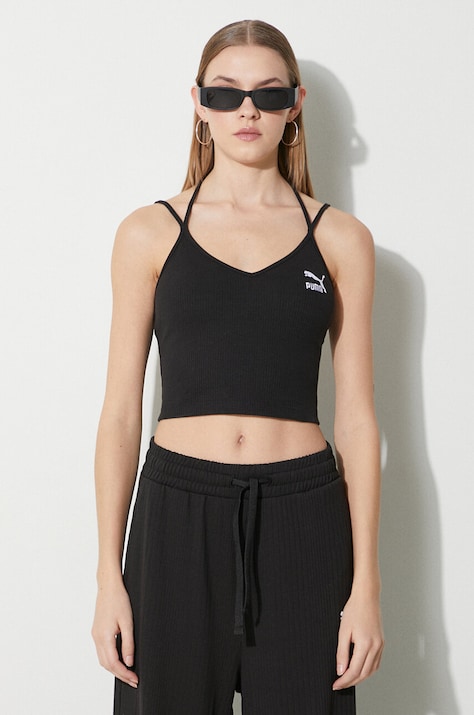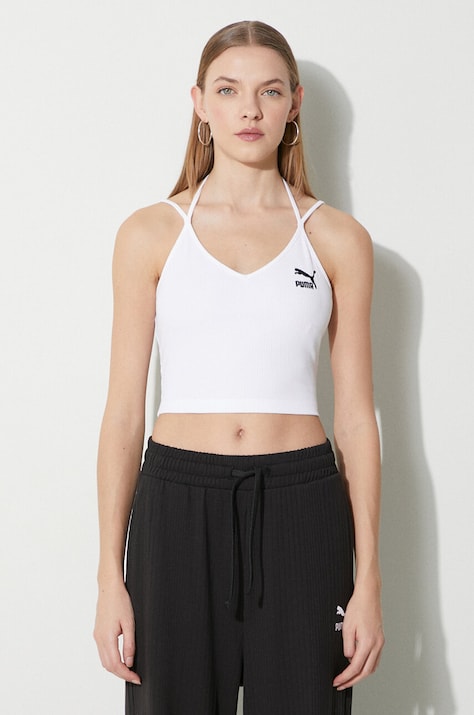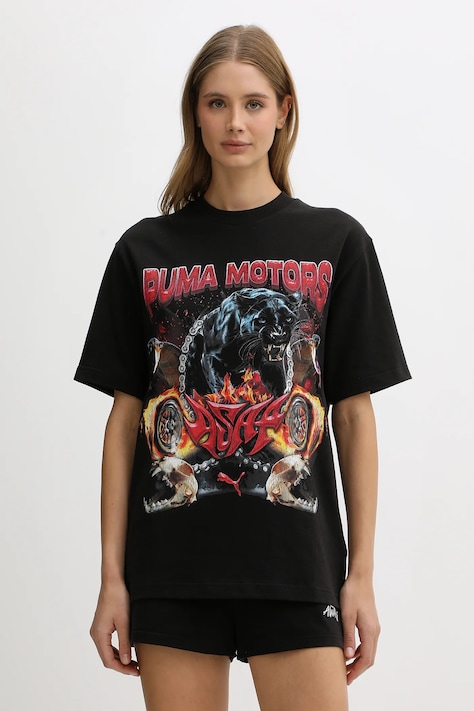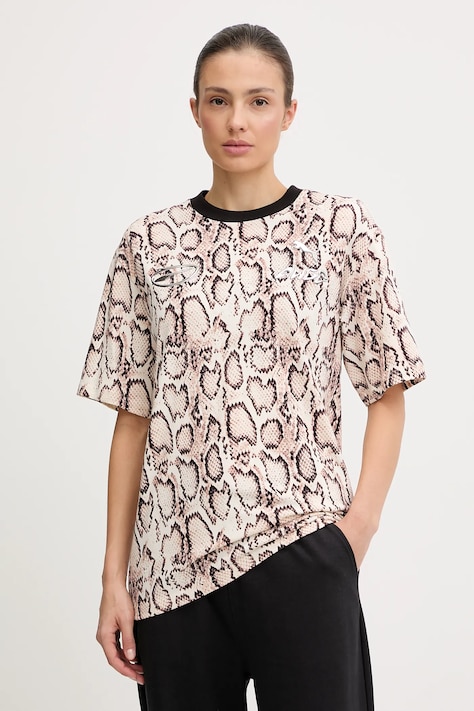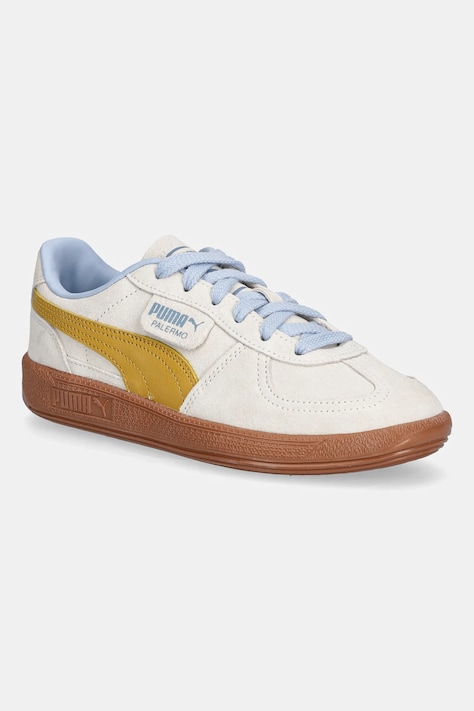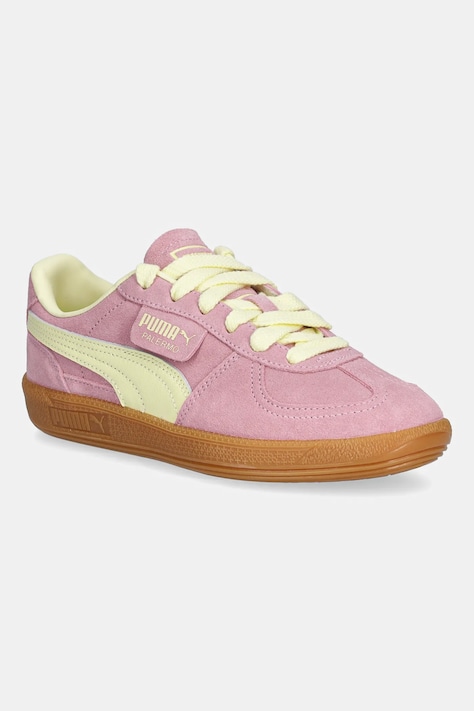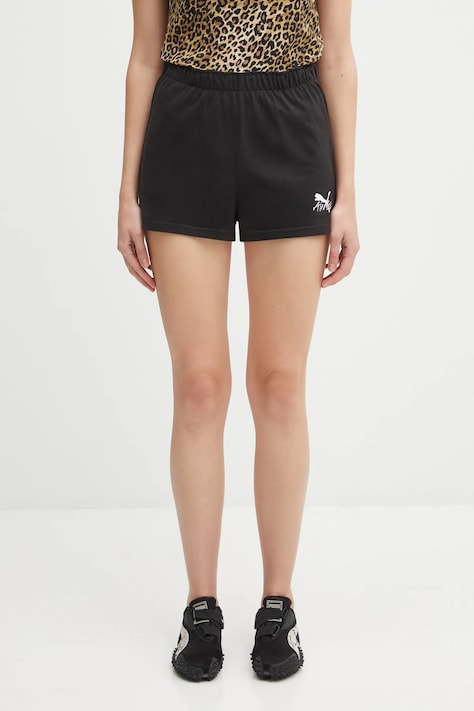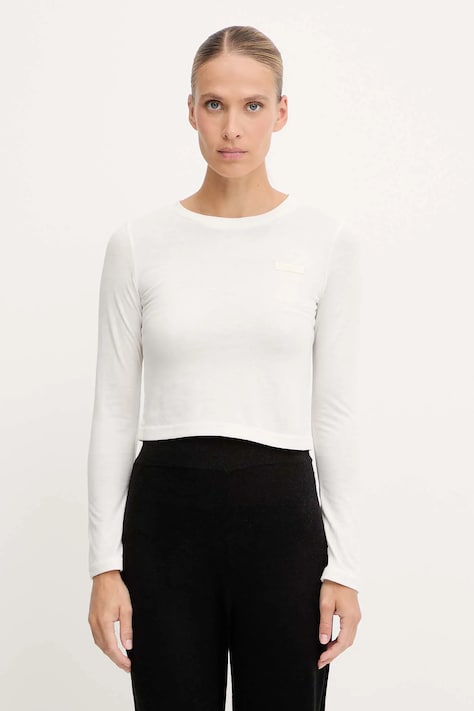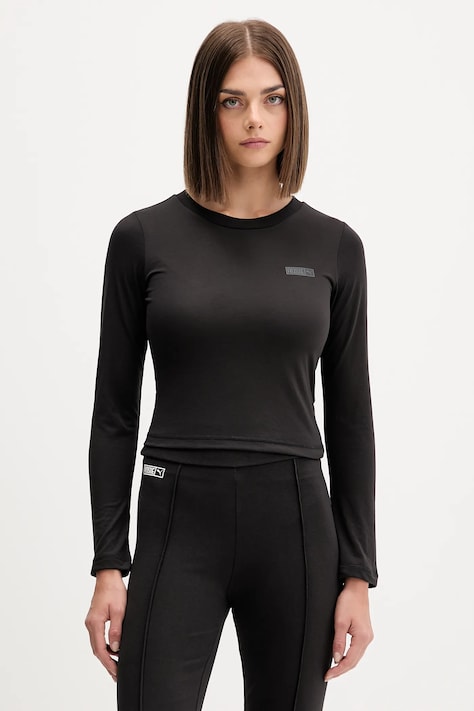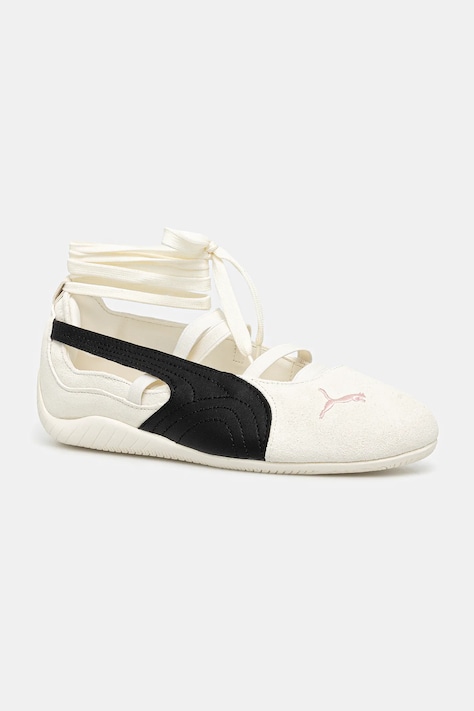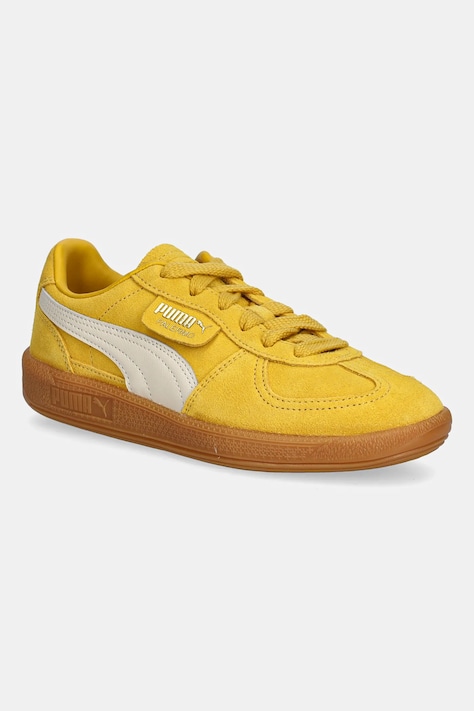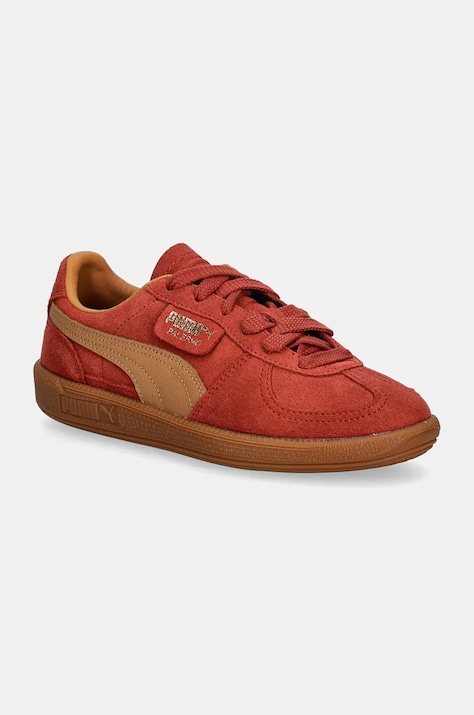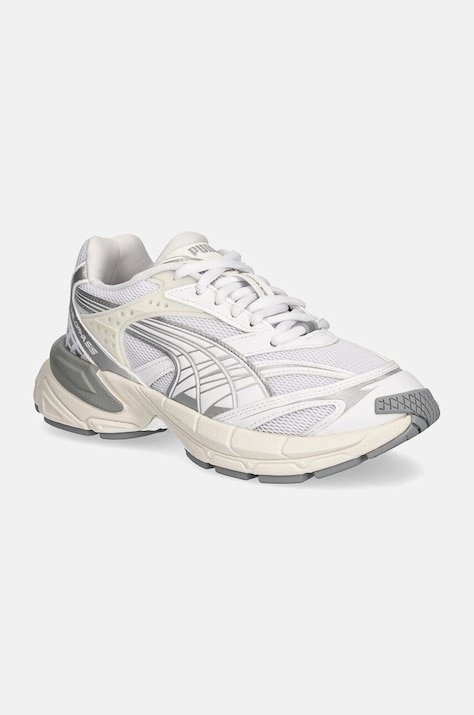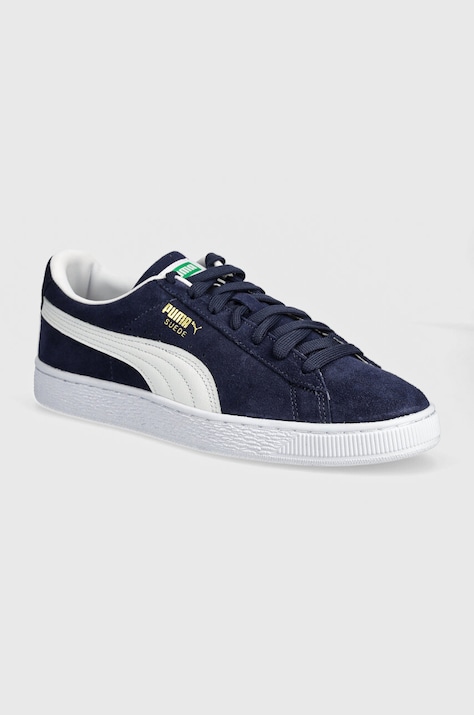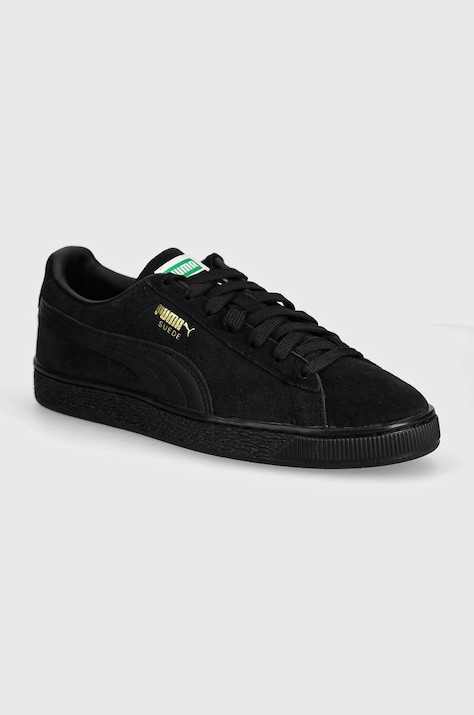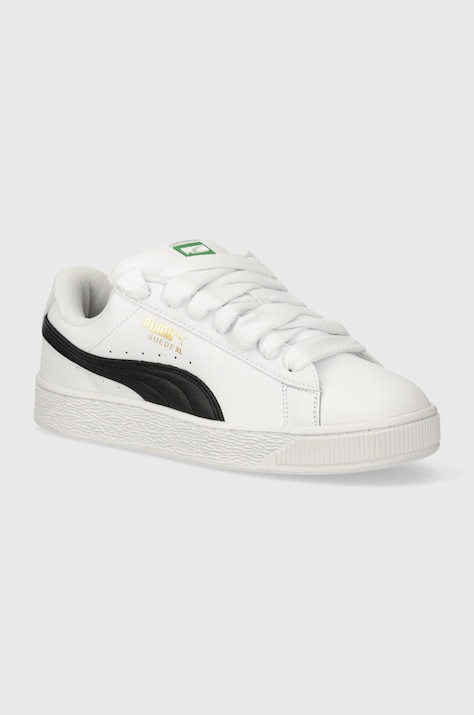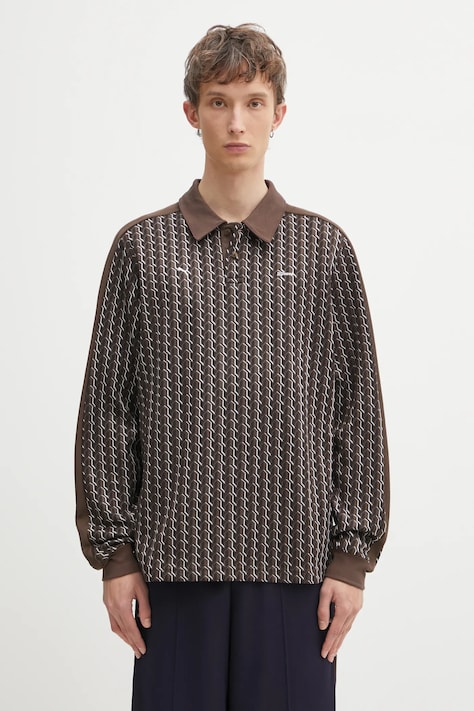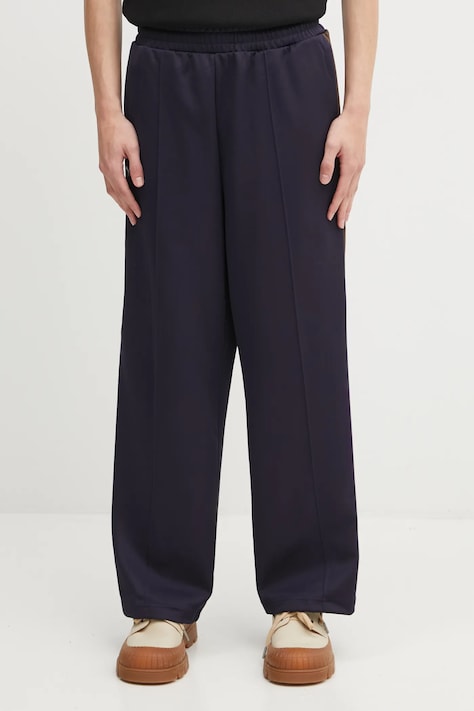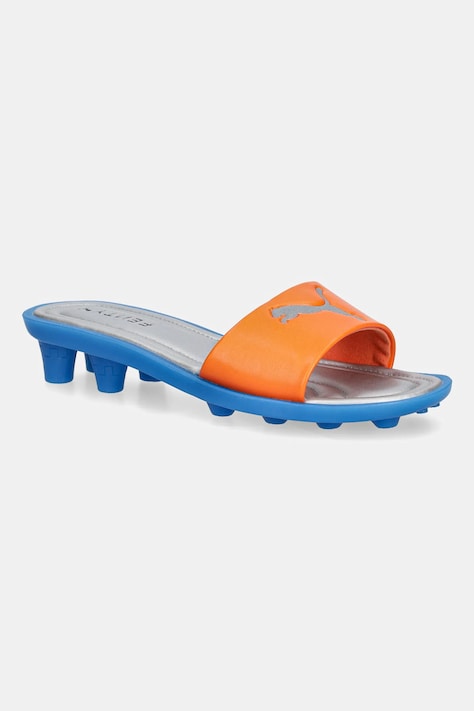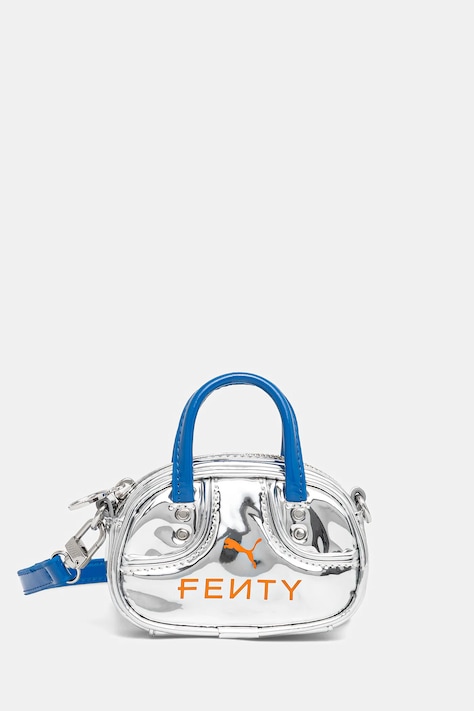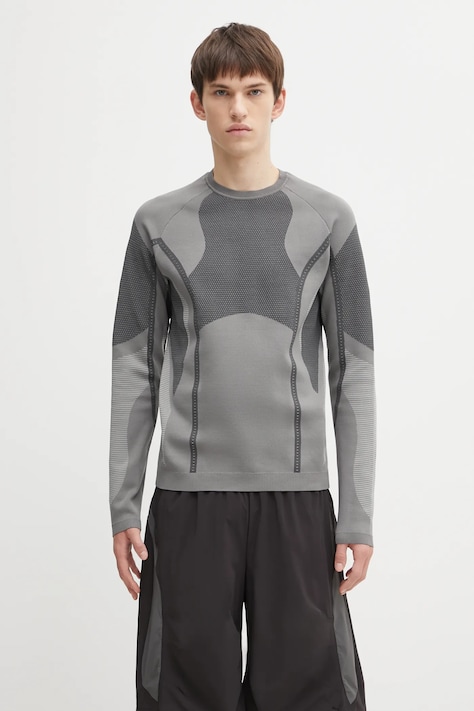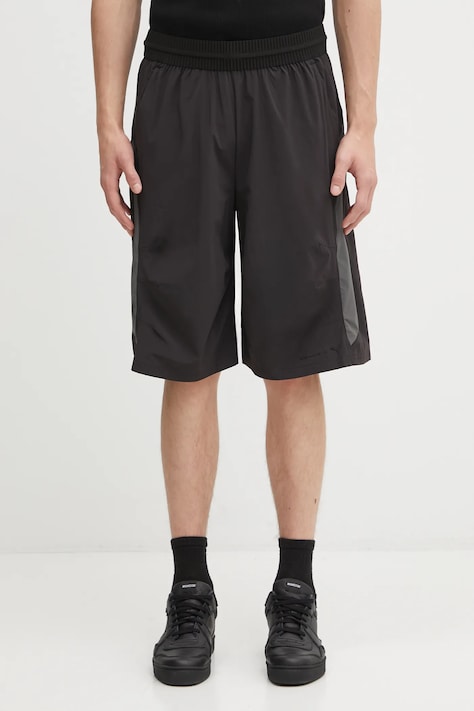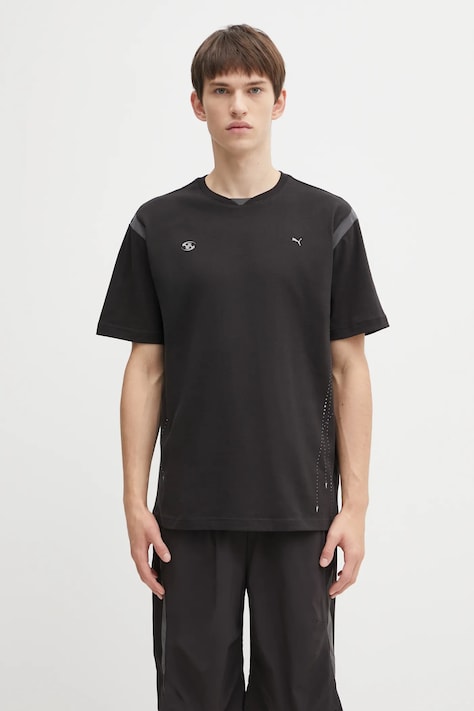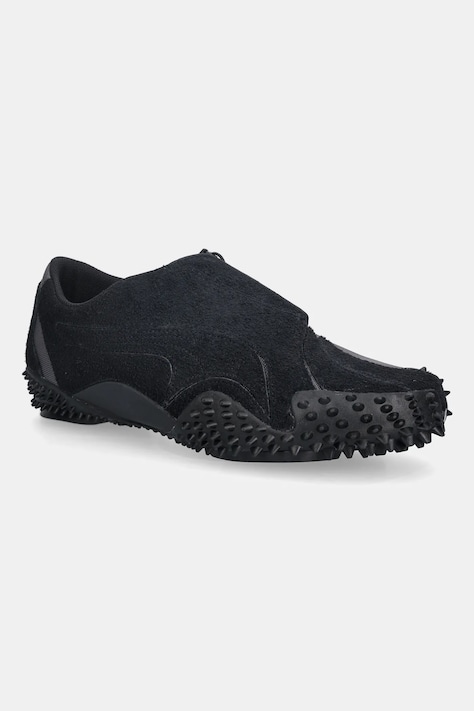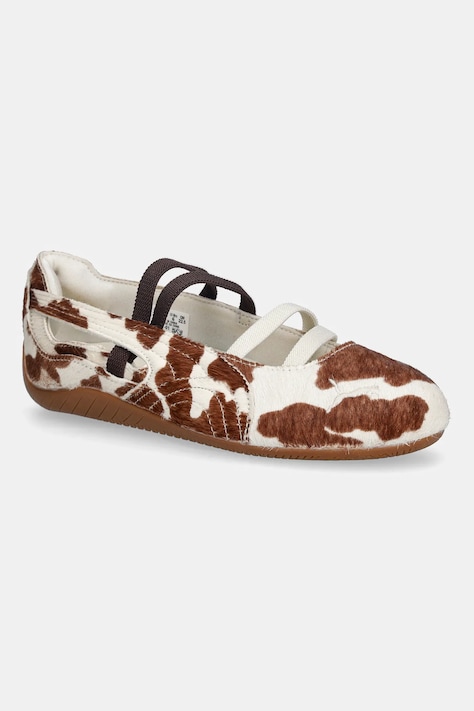Puma
Number of products: 579The Origins Of Puma – From Gebrüder Dassler To A Global Icon
In the quaint German town of Herzogenaurach, PUMA began its journey—one that would see it become a powerhouse in the world of sportswear. The tale starts with two ambitious brothers, Rudolf and Adolf (“Adi”) Dassler. Back in 1919, they set up shop as the Gebrüder Dassler Schuhfabrik (Dassler Brothers Shoe Factory), united by a bold vision: to design sports shoes that would propel athletes to new heights. Their craftsmanship quickly made waves, even catching the attention of Olympic athletes. In one of the brand’s legendary moments, American sprinter Jesse Owens clinched four gold medals at the 1936 Berlin Olympics—while wearing Dassler shoes.
Yet, as is often the case with family ventures, rivalry simmered beneath the surface. By 1948, tensions boiled over, and Rudolf Dassler decided to forge his own path. He founded what he initially named “RUDA,” but soon gave it a catchier title: PUMA Schuhfabrik Rudolf Dassler. He chose “PUMA” for all the right reasons—the animal’s speed, agility, and strength were exactly what he wanted people to feel in every PUMA shoe. This dramatic split didn’t just create a new brand; it ignited a legendary feud with his brother Adi’s new company—Adidas. Together, their rivalry would shape the very fabric of sportswear culture for decades to come.
Puma’s Brand Philosophy – Speed, Innovation And Enduring Legacy
From day one, the PUMA brand has stood for performance and boundary-pushing innovation. Just picture that unmistakable leaping puma logo, introduced in 1967 and often paired with the signature PUMA Formstrip—both visual cues radiate energy and athletic spirit. Over the years, these icons have come to represent PUMA’s never-ending drive for excellence.
PUMA isn’t just about looking good on the field or street: its mission is to challenge the status quo in both sports and culture. Remember the world’s first football boot with screw-in studs? That was the PUMA Super Atom in 1952—just one of many innovations. The brand kept raising the bar, unveiling inventions like the laceless PUMA DISC, and partnering with sporting legends—think Pele, Diego Maradona, Usain Bolt—or cultural giants like Rihanna and Jay-Z. These collaborations didn’t just keep PUMA relevant; they helped cement its place as not only a sports giant but also a force in pop culture.
Today, the company’s storied past is carefully curated in the PUMA Archive, home to decades’ worth of milestones, revolutionary designs, and star athlete moments. It’s a living reminder of how PUMA athletes continue to dominate on global stages—and why the brand’s legacy endures.
The Impact Of Puma On Sport, Fashion And Culture
PUMA’s influence reaches far beyond stadiums and tracks: its products have become emblems of street style and pop culture cool. Take the 1980s New York B-Boy scene—PUMA SUEDE and the iconic PUMA Clyde sneakers became must-haves for dancers and sneakerheads alike. On basketball courts, legends like Walt “Clyde” Frazier rewrote sneaker history with their signature kicks, while football icons laced up in PUMA KING boots at World Cups and European matches.
PUMA’s knack for trendsetting partnerships left rivals scrambling to catch up. Collaborations with designers like Jil Sander and Alexander McQueen—and superstar team-ups like PUMA’s collaboration with Rihanna—blurred the line between athletic performance and high fashion. Long before “athleisure” was a buzzword, PUMA was fusing sportswear with lifestyle appeal: think bold vintage looks, head-turning colorways, and collections that drew sneaker lovers and fashion insiders into its orbit.
PUMA’s mantra says it all: “FOREVER. FASTER.” With an unyielding passion for speed, flair, and top-tier performance, PUMA remains at the cutting edge of both sport and style.
Puma’s Product Range – Diversity In Design And Innovation
The sheer variety of PUMA’s product range shows just how committed the brand is to athletes, enthusiasts, and style-conscious shoppers everywhere. Here’s a taste of what PUMA products cover:
- Athletic and casual footwear—everything from high-performance running shoes to lifestyle favorites inspired by legends like the PUMA KING football boot, PUMA CLYDE, and those iconic Suede silhouettes.
- Apparel—think classic track jackets, cozy sweatshirts, statement t-shirts (like those famous PUMA logo tees), and outerwear designed for both comfort and style.
- Accessories—covering all bases from socks to hats, each piece stamped with distinctive touches such as the leaping PUMA cat.
- Specialized sports gear—for football, basketball, golf (hello, Cobra PUMA Golf), tennis, and even motorsports.
The PUMA company profile celebrates inclusivity: whether you’re shopping for women or men, you’ll find sizing that runs from XXS through XXL—and larger shoe sizes too. The color palette is just as adventurous: classic black-and-white sits alongside bold choices like maroon, turquoise, or vibrant multi-color drops. Add in limited editions and headline-grabbing collaborations, and you’ve got a kaleidoscope of options that caters to every taste.
Puma’s Iconic Technologies And Forward-Thinking Design
PUMA has led with innovations such as:
- The Formstrip—a blend of stability and unmistakable identity that’s become an iconic PUMA formstrip
- Laceless systems like the pioneering DISC closure
- The Running System (RS) delivering next-level cushioning for runners and athletes
- Performance features tailored specifically for football boots, basketball kicks, and more
This marriage of heritage design with forward-thinking technology means that wherever you are—on a pitch, court, track, or city street—there’s a PUMA product ready to help you move faster and look sharp doing it. Every collection channels that core DNA of speed, innovation, and unmistakable style—a legacy born in a humble German factory that now spans continents.

